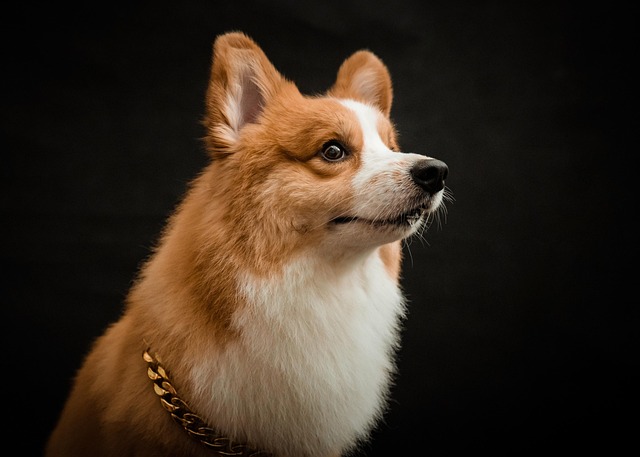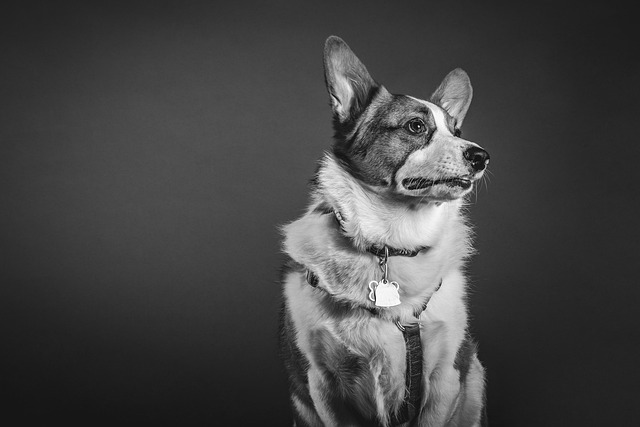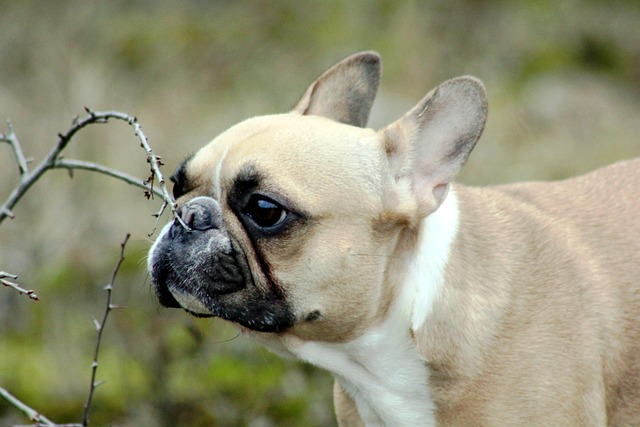
How to calm down an aggressive dog?
Seeing your dog growl, snarl, or bare their teeth can send a chill down your spine. Aggression isn’t just scary—it’s a cry for help from your furry friend.
You've brought home that wiggly bundle of joy, stocked up on chew toys, and chosen the perfect name. Now, the pressing question arises: how long until this adorable pup masters the art of using the toilet appropriately? Honestly, pinning down a single, universal timeline for dog toilet training time is like predicting the exact day your tulips will bloom – it depends. Most pups grasp the basics somewhere between 4 and 6 months old, but the journey can realistically range from a few weeks to several months, and sometimes even longer for certain individuals. Why such a spread? Think of it as a cocktail mixed from breed tendencies, the age you started training, their unique personality, your own consistency, and even their past experiences. A young Labrador retriever puppy adopted at 8 weeks might catch on quicker than, say, a rescue adult terrier mix with unknown history.
Understanding your dog's inner world is key to managing expectations. Age is a massive player here. Those tiny bladders in very young puppies (under 12 weeks) simply aren't physically capable of holding it for long. They need frequent trips outside, often every 30-60 minutes when awake, plus after every nap, meal, and play session. It’s less about stubbornness and more about biology. Breed characteristics sneak into the equation too. Some breeds, renowned for their intelligence and eagerness to please like Border Collies or Poodles, might pick up toilet training cues faster. Others, perhaps more independent-minded or historically bred for different tasks like some hounds, might take a bit more patience and tailored motivation. Then there's temperament. A naturally anxious pup might get distracted easily or feel hesitant to eliminate in new places, slowing progress, while a confident, food-motivated dog might respond more readily.
Let's be real, the path to a reliably toilet-trained dog isn't always paved with instant success. Setbacks happen, and they can definitely stretch out that training period. Accidents indoors, especially if not cleaned thoroughly with an enzymatic cleaner (those regular household cleaners won't cut it – dogs can still smell the residue!), can create confusing signals. Your dog might start associating that spot indoors as an acceptable toilet area. Inconsistency in your schedule is another major speed bump. If you're sometimes taking them out every hour, then get busy and push it to three, accidents become almost inevitable. Punishing a dog after the fact for an accident they don't understand only breeds fear and confusion, hindering learning rather than speeding up dog toilet training. Medical issues like urinary tract infections can also cause sudden loss of control, mimicking training regression. If accidents start happening frequently after initial progress, a vet visit is crucial.
So, how can you nudge things along? Speeding up dog toilet training hinges on predictability and positive reinforcement. Establish a rock-solid routine. Take your puppy out first thing in the morning, last thing at night, after every nap, immediately after meals and drinks, and after vigorous play. Don't just open the door and shove them out; go with them. Choose a specific potty spot in your yard and use a consistent cue phrase like "Go potty" or "Do your business" *while* they are actually eliminating. This helps them connect the cue with the action. The golden moment? Praise and reward lavishly *the instant* they finish eliminating outdoors! High-value treats delivered right then and there make a powerful impression. Keep a close eye indoors – constant supervision or confinement to a small, easily cleaned area (like a crate or puppy-proofed room) when you can't actively watch prevents mistakes from becoming habits. That said, if you catch them starting to circle or sniff indoors, interrupt *calmly* and whisk them straight to their outdoor spot. Celebrate success there.
Cookie-cutter methods often fall short. Tailoring training approaches to your dog's unique needs makes a world of difference. A tiny Chihuahua puppy in a high-rise apartment faces different logistical challenges than a sturdy Golden Retriever pup with a backyard. For apartment dwellers, consider indoor options like high-quality pee pads or even a litter box system designed for dogs during the early stages or extreme weather. Breeds known for being more sensitive might respond better to quieter praise and gentle petting, while a boisterous Boxer might thrive on exuberant celebration and a game of tug after a successful potty trip. Your own lifestyle matters too. If you work long hours, realistic solutions like hiring a midday dog walker or utilizing a reliable doggy daycare become essential parts of the plan, rather than hoping for miracles. Canine behavior and toilet training duration are deeply intertwined, so observing *your* dog's specific signals and rhythms is paramount.
Watching the clock during toilet training can feel agonizing, I know. You might see a friend's pup seemingly trained overnight while yours is still having the occasional mishap. Try not to compare. Remember the factors at play – breed, age, history, your consistency. Focus on the small victories: that moment they whine at the door, the successful outing in the rain, the gradually increasing time between accidents. Patience truly isn't just a virtue here; it's the foundation. Setbacks are normal, not failures. With consistent positive reinforcement, keen observation, and a schedule adapted to both your life and your dog's biology, the light *will* appear at the end of the tunnel. Celebrate every step forward, lean on your vet if you suspect health issues, and trust the process. That reliable, toilet-trained companion is absolutely within reach, one successful potty break at a time. You’ve got this.

Seeing your dog growl, snarl, or bare their teeth can send a chill down your spine. Aggression isn’t just scary—it’s a cry for help from your furry friend.

You’ve just brought home a fluffy 8-week-old puppy, and within minutes, they’ve had an accident on your brand - new rug.

Toilet training your dog varies widely by breed, age, and temperament. Patience, consistency, and tailored routines unlock success—no one-size-fits-all timeline here.

Ever noticed your normally friendly Labrador suddenly growling when you try to take away their food, or a Pomeranian snapping during playtime? This isn't just 'bad behavior'—it's conflict aggression, a survival mechanism gone awry.

Master puppy nighttime potty training by balancing their needs and your sleep. Learn when to take breaks, how to plan, and keep training stress-free for both.

Watching your dog growl,lunge,or snap at others can feel like a punch in the gut.It's natural to want to solve the problem on your own—after all,who knows your furry friend better than you?But training an aggressive dog isn't like teaching basic commands.